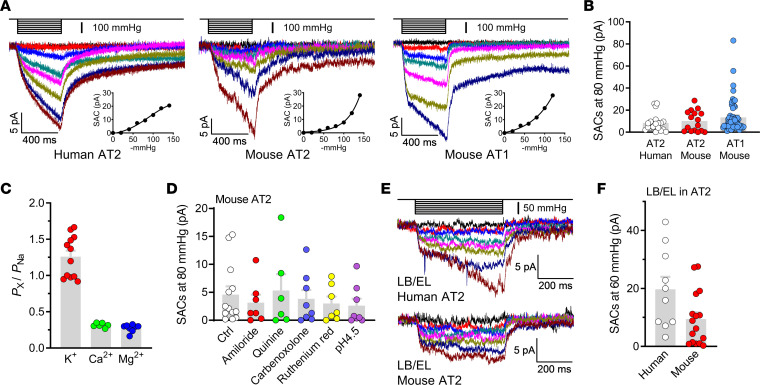Figure 3. Mechanosensitive currents in human and mouse AECs.
(A) Stretch-activated currents (SACs) under a cell-attached configuration in primary human and mouse AT2 cells and mouse AT1 cells in acute lung slices. The holding potential was –80 mV, and the vacuum pressures were applied to the clamped membrane with a –20 mmHg increase for each step. Insets are pressure-current relationships of the corresponding recordings. (B) Amplitudes of SACs induced by –80 mmHg pressure in human or mouse AT2 cells and mouse AT1 cells. n = 20, 16, and 56 for human AT2 cells, mouse AT2 cells, and mouse AT1 cells, respectively. (C) Relative permeability of K+, Ca2+, and Mg2+ versus Na+ for stretch-activated currents in mouse AT2 cells. n = 12, 6, and 8 cells for K+, Ca2+, and Mg2+, respectively. (D) Nonselective blockers of ENaC (amiloride, 10 μM), K+ channels (quinine, 500 μM), gap junctions (CBX, 100 μM), and Piezo1 (ruthenium red, 50 μM), and acidic pH did not affect the stretch-activated currents in mouse AT2 cells. n = 13, 7, 6, 8, 7, and 8 cells from left to right. (E) SACs under vesicle-attached configuration in enlarged LBs and ELs (LB/EL) from mouse AT2 cells. The holding potential was –60 mV, and the vacuum pressures were applied with a –10 mmHg increase for each step. (F) Comparison of the amplitudes of stretch-activated currents from LB/EL. n = 10 and 16 human and mouse cells, respectively.

